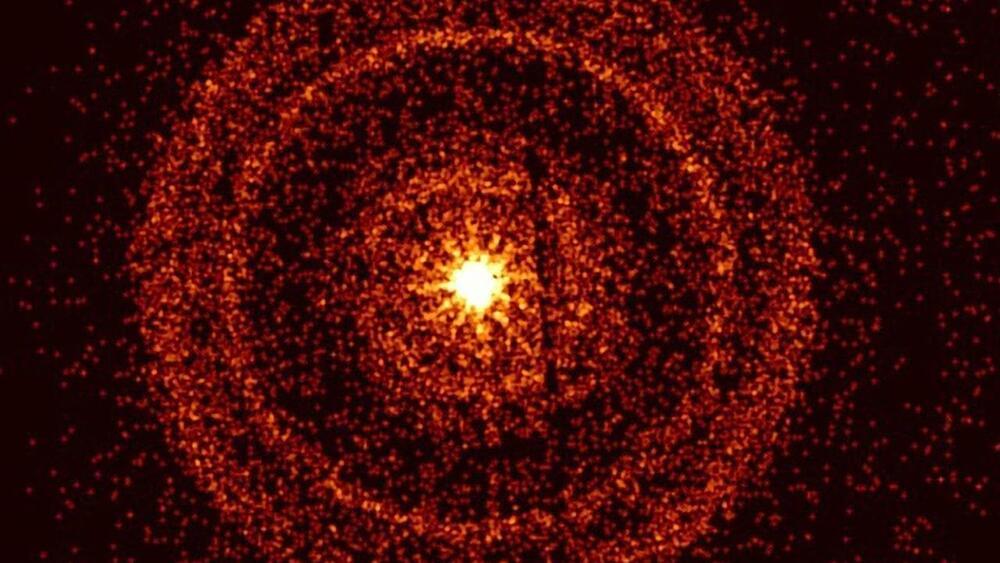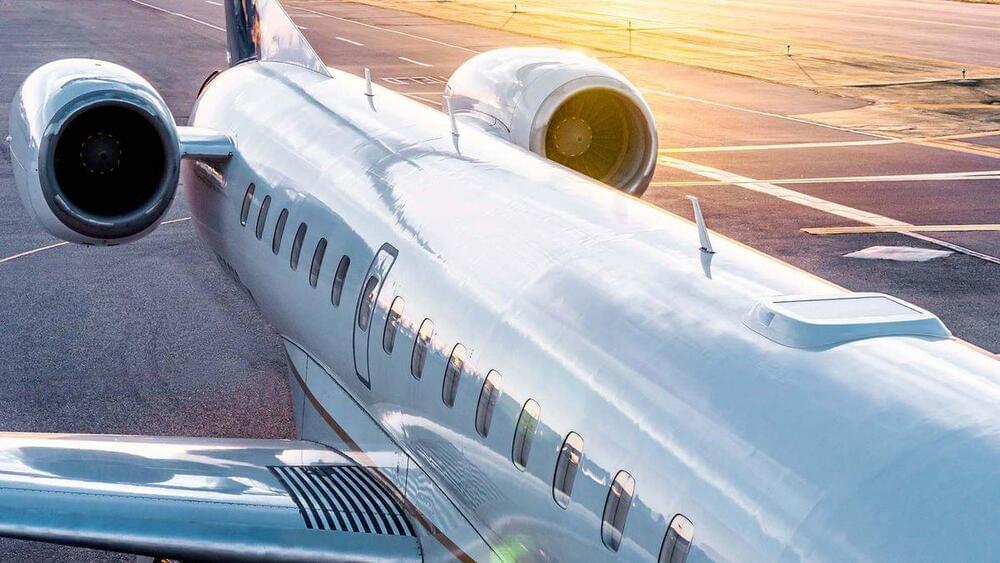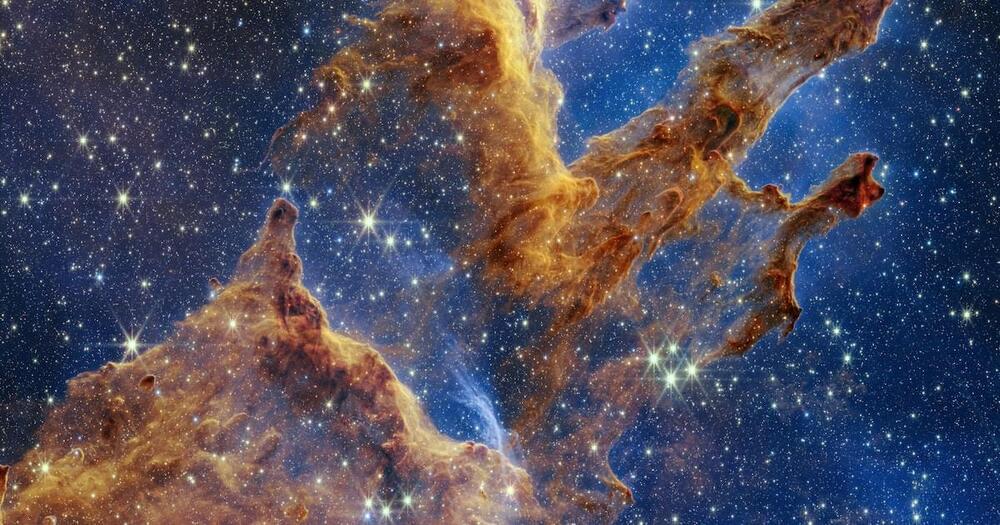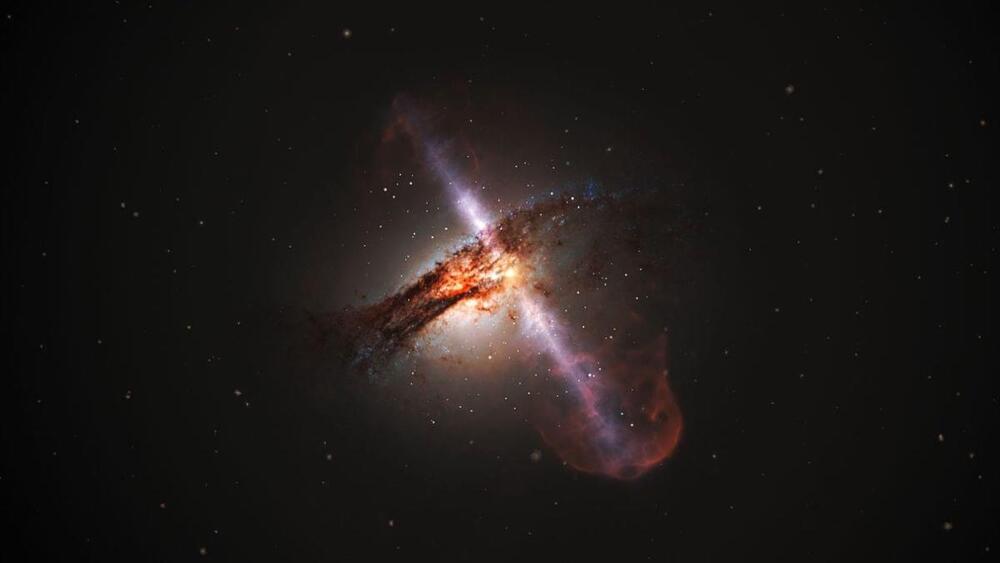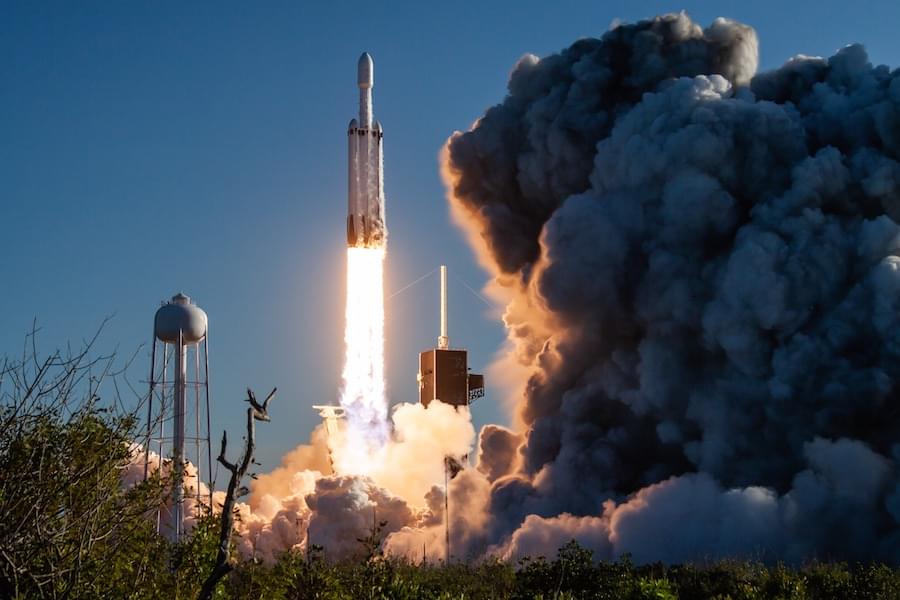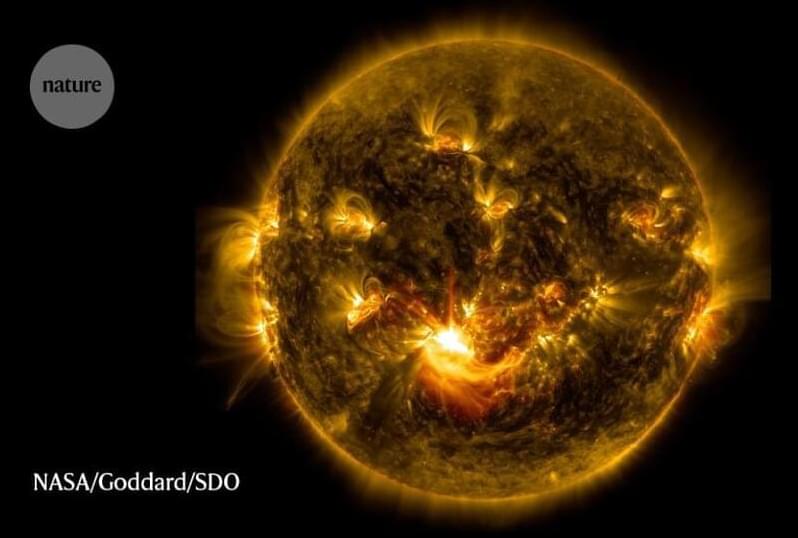Advancing Space For Humanity — Dr. Ezinne Uzo-Okoro, Ph.D. — Assistant Director for Space Policy, Office of Science and Technology Policy, The White House.
Dr. Ezinne Uzo-Okoro, Ph.D. is Assistant Director for Space Policy, Office of Science and Technology Policy, at the White House (https://www.whitehouse.gov/ostp/) where she focuses on determining civil and commercial space priorities for the President’s science advisor, and her portfolio includes a wide range of disciplines including Orbital Debris, On-orbit Servicing, Assembly, and Manufacturing (OSAM), Earth Observations, Space Weather, and Planetary Protection.
Previously, Dr. Uzo-Okoro built and managed over 60 spacecraft missions and programs in 17 years at NASA, in roles as an engineer, technical expert, manager and executive, in earth observations, planetary science, heliophysics, astrophysics, human exploration, and space communications, which represented $9.2B in total program value. Her last role was as a NASA Heliophysics program executive.
Dr. Uzo-Okoro has an undergraduate degree in Computer Science from Rensselaer Polytechnic Institute, and three masters degrees in Space Systems, Space Robotics, and Public Policy from Johns Hopkins University (APL), MIT (the Media Lab), and Harvard University, and a PhD in Space Systems from MIT, on the robotic assembly of satellites.
During her career, Dr. Uzo-Okoro also founded Terraformers.com to help grow affordable food through productive and networked backyard gardens, as a precursor to growing food in space. Her immigration story is profiled in President George W. Bush’s book, ‘Out of Many, One’.
